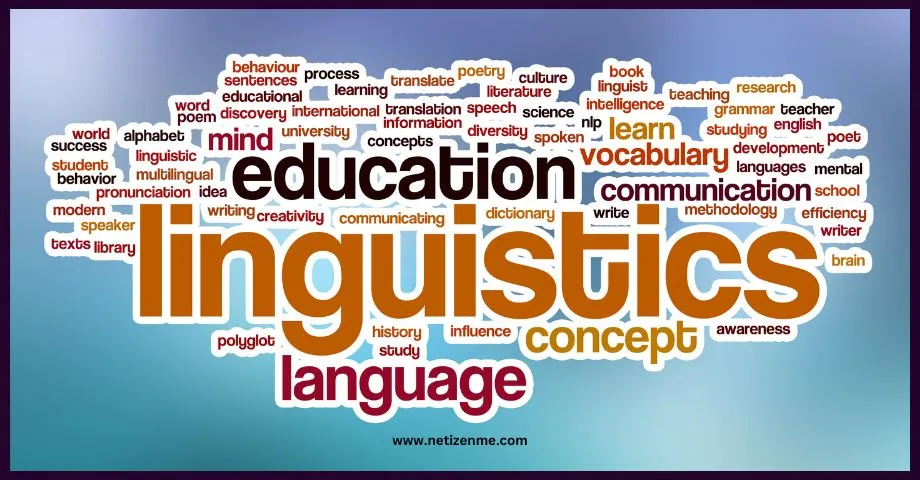Phonetics and phonology, often intertwined, are distinct branches of linguistics. This article will delve into the nuances that differentiate these two disciplines. Understanding these differences is crucial for anyone involved in language study, whether students, educators, or language enthusiasts.
This article aims to elucidate the disparities between phonetics and phonology, clarifying the unique roles each plays in understanding language sounds.
Distinction of Phonetics and Phonology
Phonetics: The Foundation in Sound
Phonetics serves as the bedrock for comprehending the production and classification of speech sounds. Active engagement with phonetics involves the study of articulation, acoustic properties, and auditory perception.
Articulatory phonetics, in particular, scrutinizes the physiological aspects of speech sound production. From the vocal cords to the articulators, this discipline unveils the intricate mechanisms that create human speech’s rich tapestry.
Acoustic phonetics transitions from articulation and introduces us to the physical properties of sound waves. Understanding concepts like frequency, amplitude, and spectrograms becomes paramount for decoding the auditory components of language. Engaging readers ensures a foundational understanding of how sounds manifest in the acoustic realm.
Phonology: Linguistic Patterns
Distinct from phonetics, phonology explores the abstract and systematic organization of sounds within a particular language or language. It delves into the study of phonemes, the most minor units of sound that carry meaning. While phonetics examines the physical manifestation of speech sounds, phonology focuses on the patterns and rules governing their arrangement.
Transitioning from the concrete to the abstract, readers must grasp the significance of phonological rules. These rules dictate how sounds interact and change based on their context within a word or sentence. Understanding such rules equips language enthusiasts with the tools to decipher linguistic patterns and variations.
The Distinctions Between Phonetics and Phonology
Phonetics in Action
In practical terms, a phonetic analysis involves transcribing spoken language into a standardized set of symbols, such as the International Phonetic Alphabet (IPA). This transcription captures the intricacies of pronunciation and offers a visual representation of the speech sounds in a given utterance.
For instance, articulatory phonetics may highlight the distinction between aspirated and unaspirated sounds and elucidate the subtle variations in airflow during pronunciation.
Phonology in Practice
Conversely, phonological analysis operates more abstractly and concerns the function of sounds in a linguistic system.
For example, in English, the sounds /p/ and /b/ are distinct phonemes, as evidenced by minimal pairs like “pat” and “bat.” Understanding such phonemic distinctions is crucial for deciphering meaning in language.
Interconnectedness Between Phonetics and Phonology in Linguistic Study
Overlap and Interplay
While phonetics and phonology have distinct focuses, their interplay is evident. Phonetics lays the groundwork by thoroughly examining individual speech sounds, offering a tangible foundation for phonological analysis.
This synergy is akin to understanding the building blocks before appreciating the architectural design they collectively create.
Phonetic Variation and Phonological Patterns
Exploring regional accents or dialects reveals the intersection of phonetics and phonology. Phonetic variations manifest in the diverse ways speech sounds are produced, while phonological patterns elucidate the systematic organization of these sounds within a given linguistic community. This interconnectedness is integral to appreciating language’s dynamic nature.
Educational Significance Between Phonetics and Phonology
Teaching Phonetics
Teaching phonetics involves practical exercises to hone articulatory skills. Educators can use speech exercises and visual aids to guide students in mastering the physical aspects of sound production.
This hands-on approach fosters a direct connection between theory and practice, enhancing students’ proficiency in phonetic analysis.
Phonology in Language Instruction
Conversely, teaching phonology requires a focus on linguistic patterns and rules.
Activities that involve recognizing phonemic contrasts and understanding phonological processes can help students develop a deeper appreciation for how sounds function within a language’s structure. This conceptual understanding lays the groundwork for advanced language skills.
Differences Between Phonetics and Phonology – Conclusion
In conclusion, the distinctions between phonetics and phonology are pivotal for anyone studying linguistics. Phonetics, focusing on the physicality of speech sounds, complements the abstract study of phonology, which centers on the systematic organization of these sounds within language.
Educators, students, and language enthusiasts can unravel the complexities of linguistic communication through a balanced understanding of both disciplines.
This article is written by:
Chenayah enjoys exploring and writing about her passions, including languages and travel. She leverages her diverse educational background in Business, Psychology, and Linguistics to enrich her writing endeavors.



